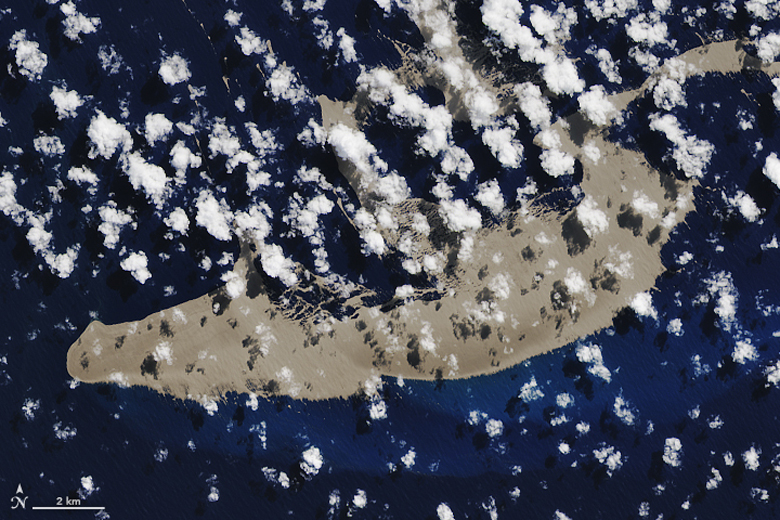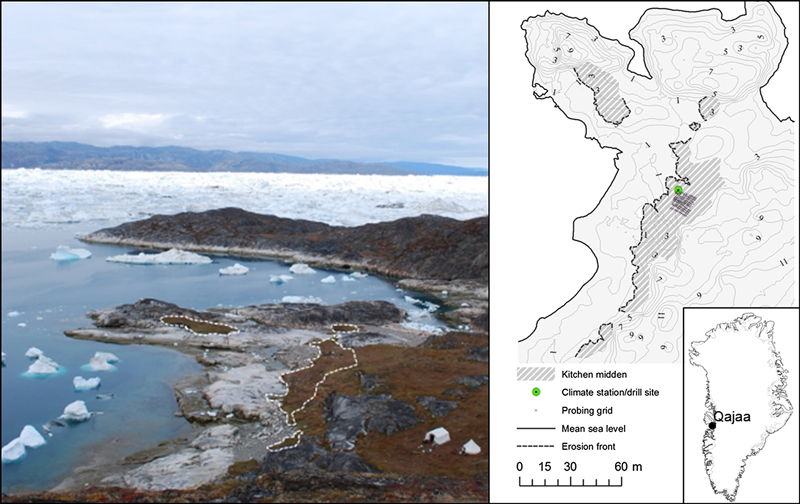Welp, ok, I think I’m done. I think I’ve processed all the color images from Cassini. Huh. Do we get to launch a new mission to Saturn now?https://t.co/m3wyRuovzg
— Kevin M. Gill (@kevinmgill) August 22, 2019
Wow. Oh, wow. If you thought you were done marveling at the beauty of Saturn just because the Cassini mission is over, think again.
—Kimberly Cartier, Staff Writer
“Rosalind Franklin” Mars Rover Assembly Completed. Construction of the rover named for the DNA pioneer, a collaboration between the European Space Agency and Roscosmos, was completed on Tuesday. It travels next from the Airbus facility in the United Kingdom to another in France for testing, before being launched in July 2020. The Franklin rover will be able to dig as deep as 2 meters into the Martian ground to search for signs of life.
—Heather Goss, Editor in Chief
How Should We Talk About What’s Happening to Our Planet? An interesting take on how to talk about climate change.
—Randy Showstack, Staff Writer
Is the Threat of “Fake Science” Real? Well, yes. Fake science includes not only outright fraud and state- and industry-sanctioned nudges but also the unintended consequences of innovation and academic policies. Great think piece.
—Caryl-Sue, Managing Editor
Peer Reviewers Need a Code of Conduct Too. Ask around and you’ll find that many current and former academics have been bullied by peer reviewers, usually early in their careers. It happened to me, too. Anonymous peer review is not a license to bully, haze, or terrorize other academics. Constructive criticism of science should do just that: build people up and help them become better scientists.
—Kimberly Cartier, Staff Writer
“Coral in Volcanic Ash”; Medium: Carbonate and Silicate; Artist: Nature.
The Pearl – young, steam-driven ash surrounds a chunk of preexisting, high-standing coral in SE Oahu. Stephanie, #BYU #geology pic.twitter.com/wJDMef56PO
— Jani Radebaugh (@radjanirad) August 26, 2019
This mass of ancient coral surrounded by volcanic ash on Oahu is striking and almost mind-blowing, until you realize there’s a perfectly reasonable geologic explanation. Actually, even then it’s pretty mind-blowing—and even more striking.
—Timothy Oleson, Science Editor
“Painting” the Ghost Forests of the Mid-Atlantic Coast. Rising sea levels are bringing saltwater farther inland, killing trees, and the resulting ghost forests are growing at an increasing rate. A photographer used an unusual process to explore the issue, producing haunting, evocative images.
—Faith Ishii, Production Manager
No, This Island of Pumice Will Not Help Save the Great Barrier Reef.

Climate change wins again. Despite some recent news stories indicating that a huge chunk of pumice could bring new life to the Great Barrier Reef, others explain that these pumice rafts are nothing new and won’t counteract rising temperatures.
—Tshawna Byerly, Copy Editor
Ousted Head of Science Agency Criticizes Brazil’s Denial of Deforestation Data and Plants Could Remove Six Years of Carbon Dioxide Emissions—If We Protect Them.
ESA astronaut @astro_luca captured a series of images of the #wildfires affecting the #Amazon rainforest during his #Beyond mission on board the @Space_Station, including this one… https://t.co/FpcxYmdNcj pic.twitter.com/xJm7Xcha0F
— ESA (@esa) August 26, 2019
The current increase in deforestation of the Amazon rain forest is unconscionable given the strikingly clear forecast of creating a degraded savanna with continued clear-cutting and new research showing just how efficiently trees remove carbon dioxide from the atmosphere.
—Liz Castenson, Editorial and Production Coordinator
New Elevation Measure Shows Climate Change Could Quickly Swamp the Mekong Delta. As great as global satellite data are, ground truthing those data whenever possible is imperative, as this research shows. “The ground-truthed projection more than doubles the number of Vietnamese living in low-lying areas that will be inundated by encroaching seas, with some underwater in only a few decades.”
—Timothy Oleson, Science Editor
Global Warming Is Conquering the Vikings.

A wealth of information may be lost forever as up to 70% of archaeological remains in the Arctic will likely decompose in the next 80 years. Such a shame.
—Faith Ishii, Production Manager
Researchers Reproduce Processes Behind Astrophysical Shocks.

We just got a little closer to understanding the astrophysical shocks that come from solar flares and coronal mass ejections! Interestingly enough, the results didn’t come from space, but from the lab. An intriguing study.
—Jenessa Duncombe, Staff Writer

Good news, everyone! It is OK to learn geology from your video game, so play on.
—Liz Castenson, Editorial and Production Coordinator
Citation:
(2019), Saturnalia revisited, Rosalind Franklin, and other recommendations, Eos, 100, https://doi.org/10.1029/2019EO131873. Published on 29 August 2019.
Text © 2019. AGU. CC BY-NC-ND 3.0
Except where otherwise noted, images are subject to copyright. Any reuse without express permission from the copyright owner is prohibited.

